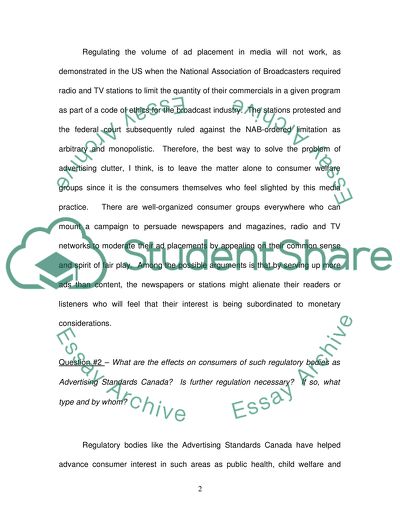Cite this document
(Advertising Clutter, Demassification and Its Effect of Newspaper and Assignment - 1, n.d.)
Advertising Clutter, Demassification and Its Effect of Newspaper and Assignment - 1. Retrieved from https://studentshare.org/journalism-communication/1544637-introduction-to-mass-media
Advertising Clutter, Demassification and Its Effect of Newspaper and Assignment - 1. Retrieved from https://studentshare.org/journalism-communication/1544637-introduction-to-mass-media
(Advertising Clutter, Demassification and Its Effect of Newspaper and Assignment - 1)
Advertising Clutter, Demassification and Its Effect of Newspaper and Assignment - 1. https://studentshare.org/journalism-communication/1544637-introduction-to-mass-media.
Advertising Clutter, Demassification and Its Effect of Newspaper and Assignment - 1. https://studentshare.org/journalism-communication/1544637-introduction-to-mass-media.
“Advertising Clutter, Demassification and Its Effect of Newspaper and Assignment - 1”. https://studentshare.org/journalism-communication/1544637-introduction-to-mass-media.


